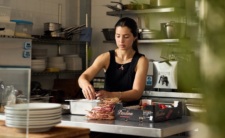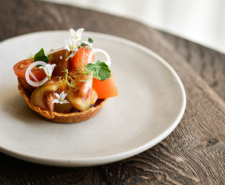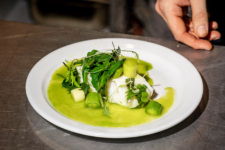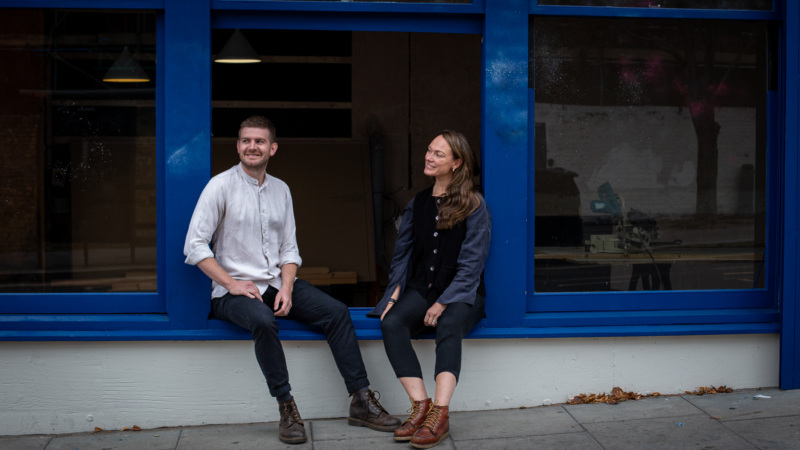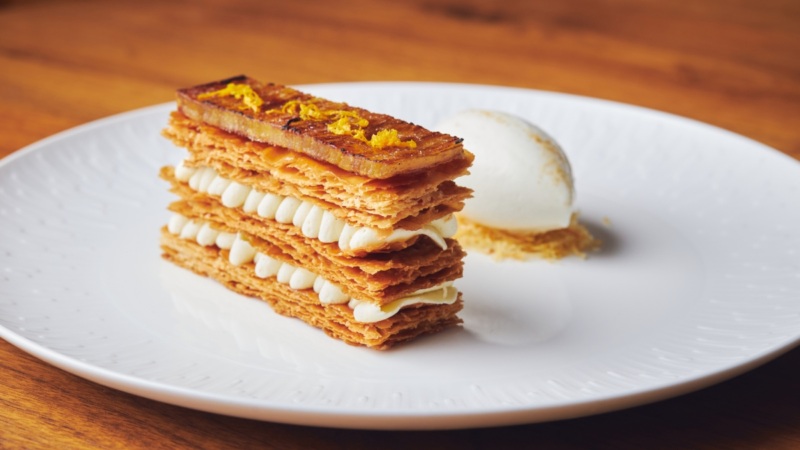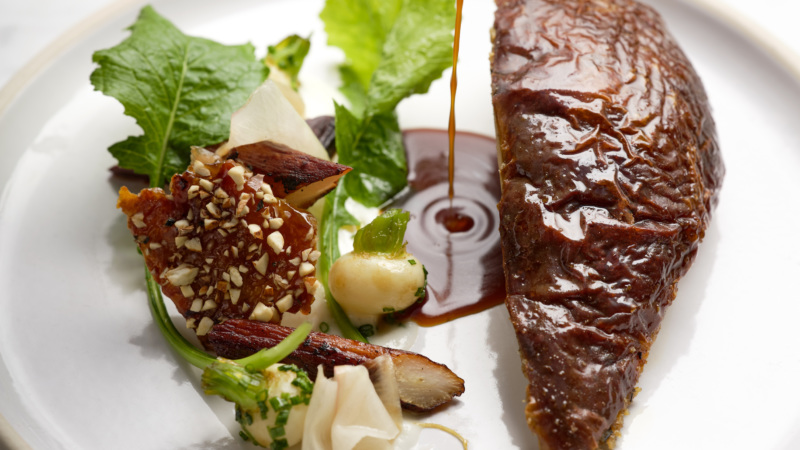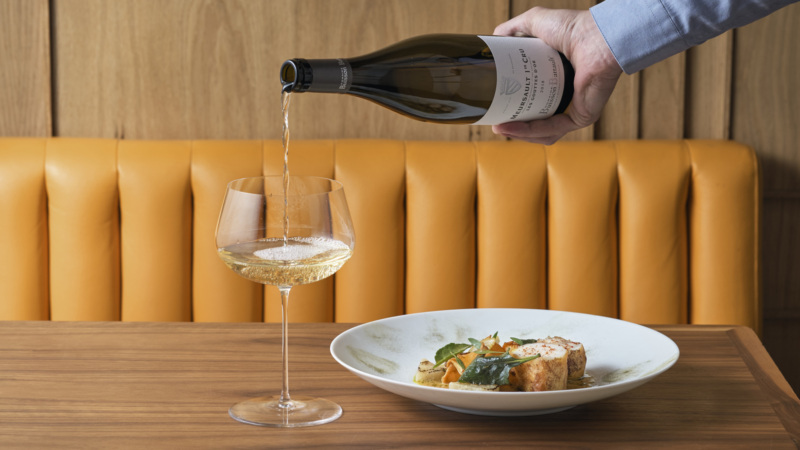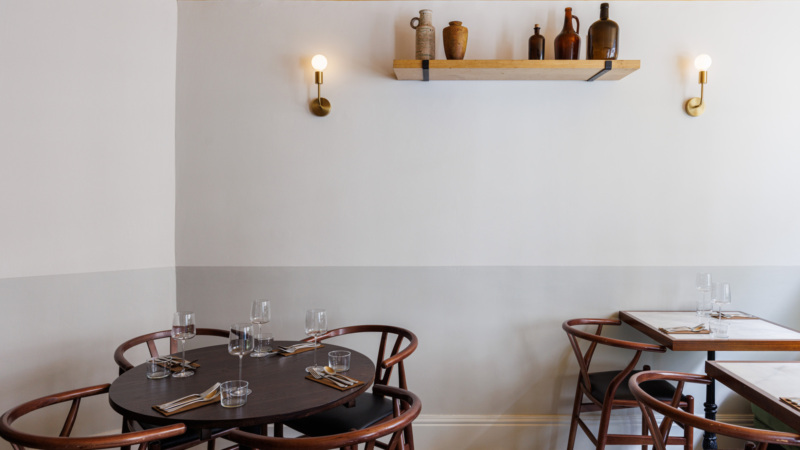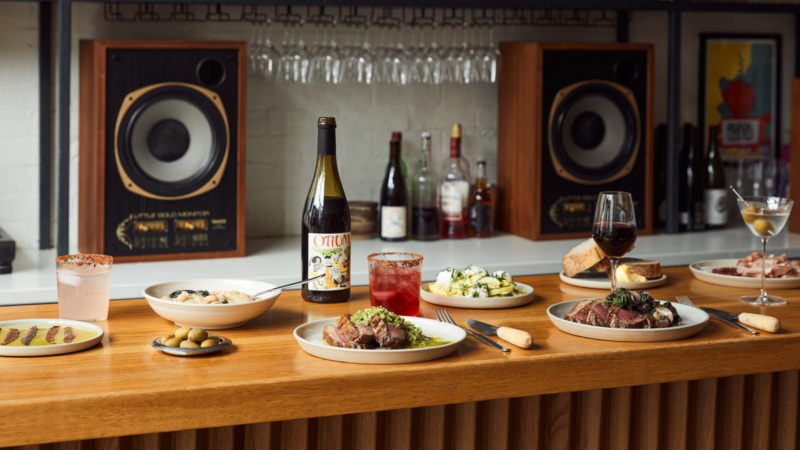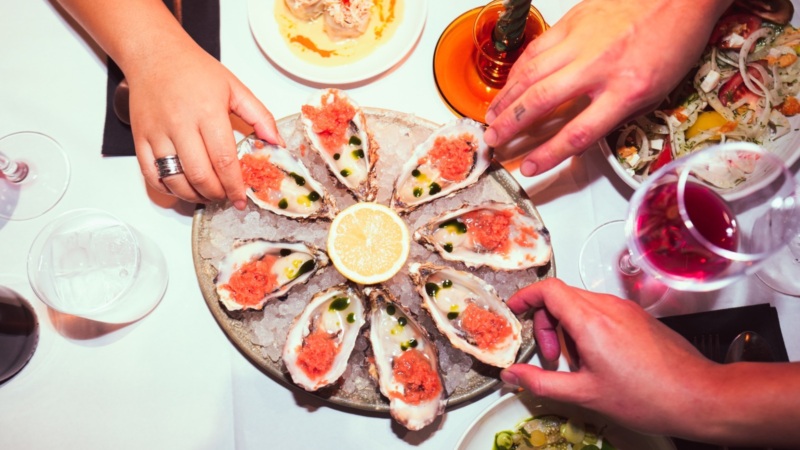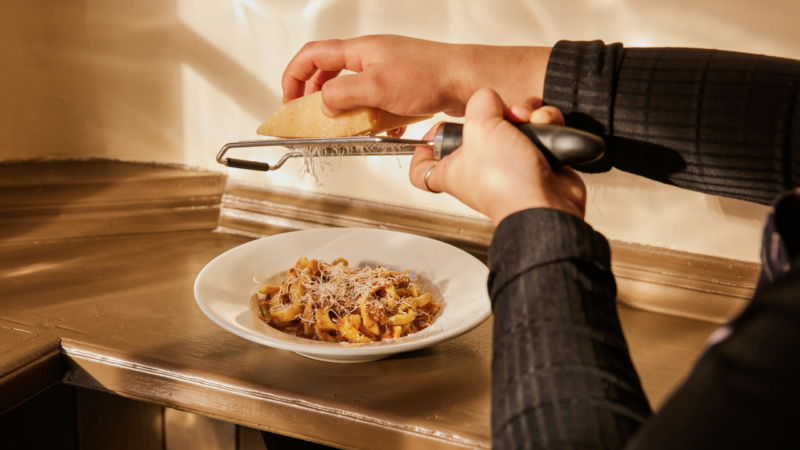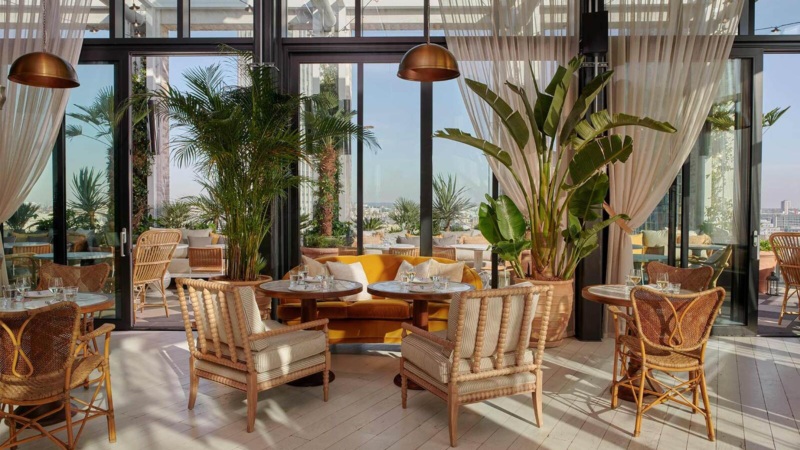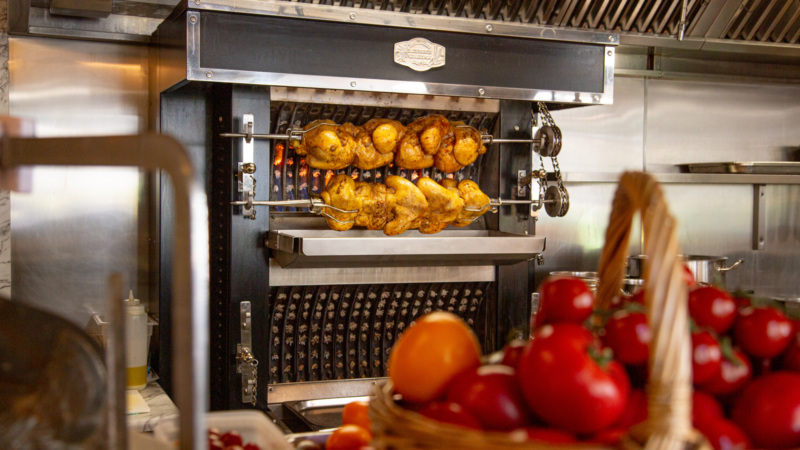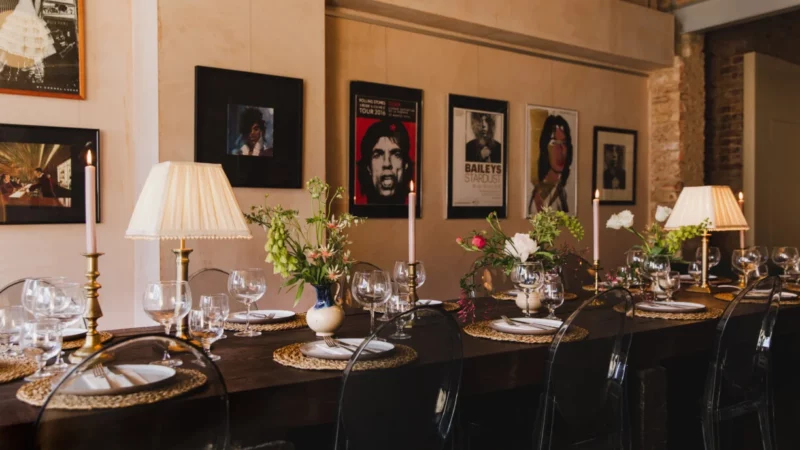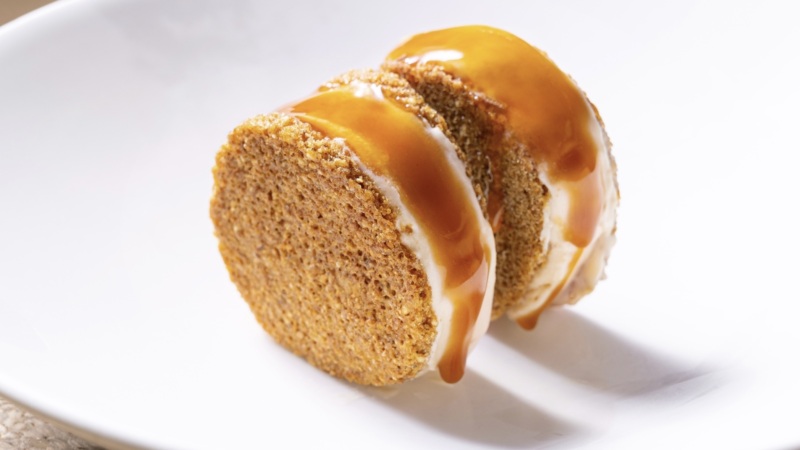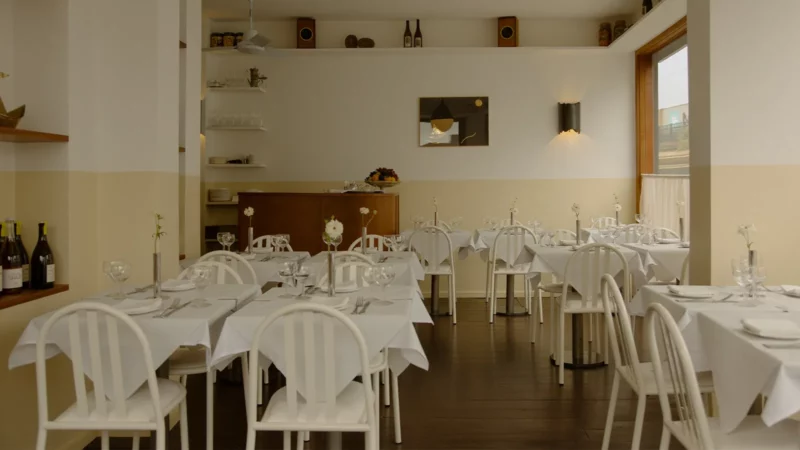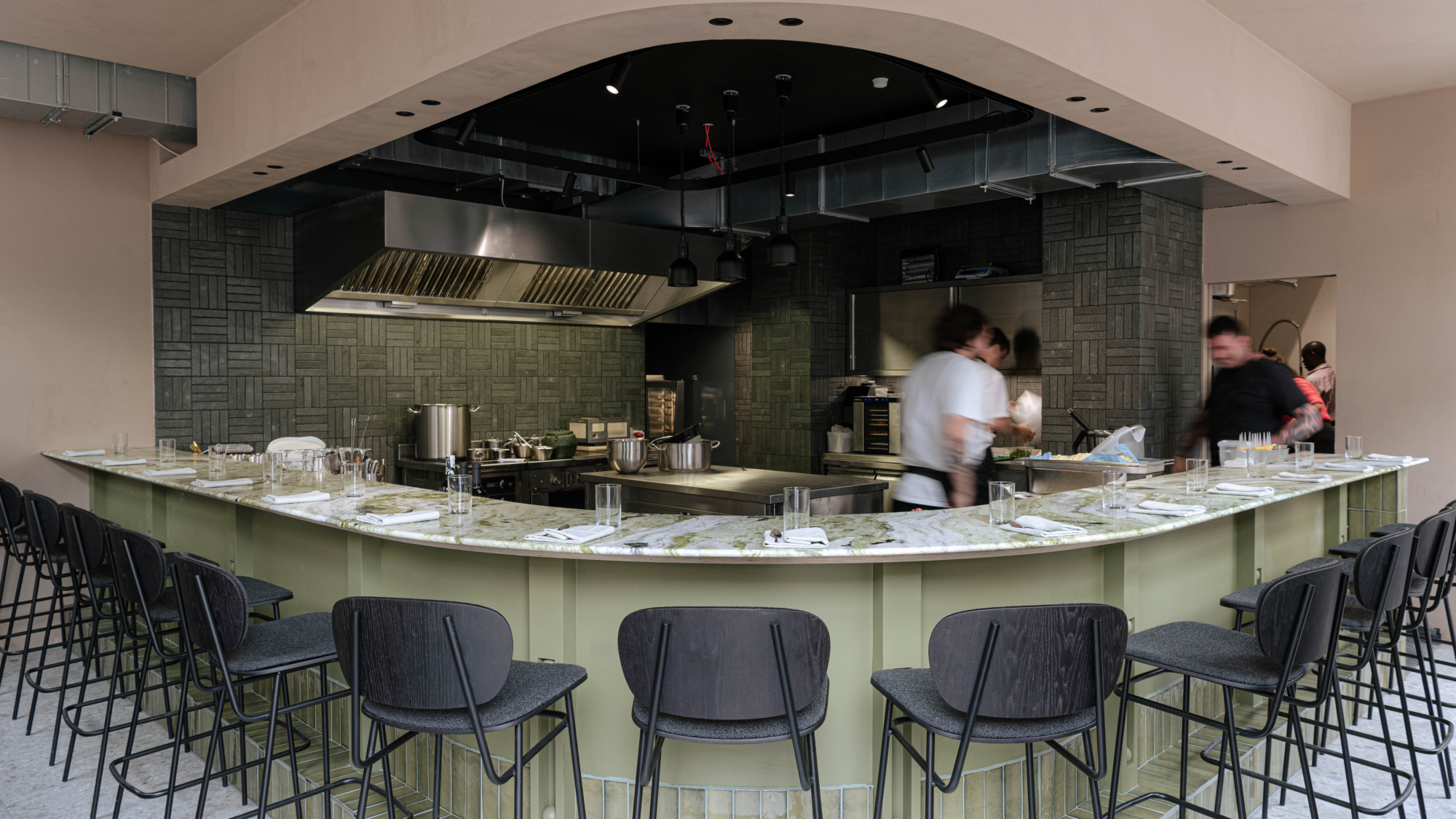
Five Things to Know About London’s Counter 71 and Lowcountry
Is there a restaurant concept that hasn’t already been done? We may have found one. Diners of London, we give to you: Counter 71 and Lowcountry, a two-in-one venue in an old pub in Hoxton, with a modern British chef’s table upstairs and a Deep South-inflected cocktail bar downstairs.
The pairing of the two is unlikely, unexpected, and unusual to say the least, but there’s a synergy there born out of a common purpose. The venue is the co-creation of British chef Joe Laker and Savannah-born bartender Ryan Sheehan. The pair cooked up the idea of Counter 71 when they met at the late, lamented Fenn in Fulham. Partnering up, they’re able to go in on an exciting space that affords each of them space to pursue their passions: in Laker’s case, modern British cookery; in Sheehan’s, rye, bourbon, and historical cocktails. Together, they offer a package of hospitality that’s even more than the sum of its parts. Here’s how it all fits together.

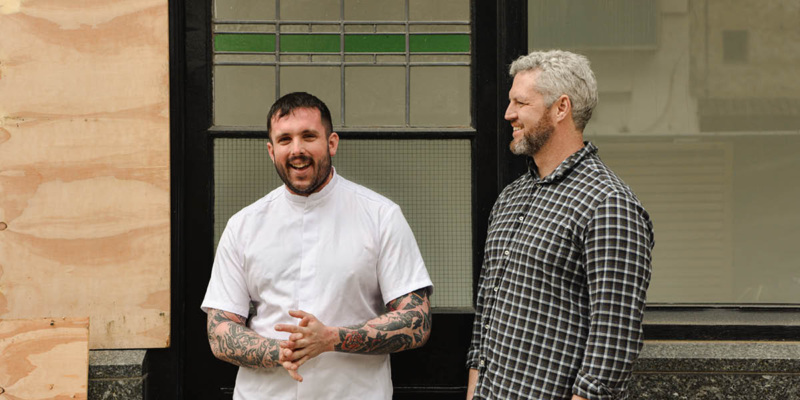
1. Counter 71 is a modern British project.
“Modern British” is a slippery term. Laker, who previously worked at Fenn, Anglo and Roots in York, is one of a young generation of chefs trying to pin it down. “I’ve had so many times when I tell people I’m opening a British restaurant, they think I’m serving roasts, fish and chips. It used to annoy me, now I can’t blame people for thinking like that.”
“If you were an Italian chef opening an Italian restaurant, everybody would relate to that straight away. I think I’ve struggled with that in my career where you try and put yourself into a box to define what you’re cooking. I’ve come to the realisation that this is the country I was born in; the food that’s grown here, the fish that’s caught here, the animals that are reared here – that is the culture. That is our heritage.”
Laker ascribes the disconnect to a lack of accessibility to British produce, something he wants to change. “For us in the restaurant, some of the produce that we get in is some of the best in the world. The fish we get in this country is incredible. The produce our suppliers is growing is incredible. The British larder is changing. We’ve been able to grow chillies in this country for a while now; we’re getting fresh wasabi from Hampshire and yuzu from Namayasai Farm near Lewes. I think as chefs cooking British food, it’s our job to show people how great it actually is and hopefully one day all the produce that we get in the restaurant will be more accessible to the general public.”
His suppliers include Shrub Provisions for fruit and vegetables, Hodmedods for heritage pulses and grains, Alternative Meats for rare breed meat, and The Sea, The Sea for fish. “I want this restaurant to be not only a place for me and the team to showcase what we have to offer but a place for all our suppliers to showcase what they can do.”

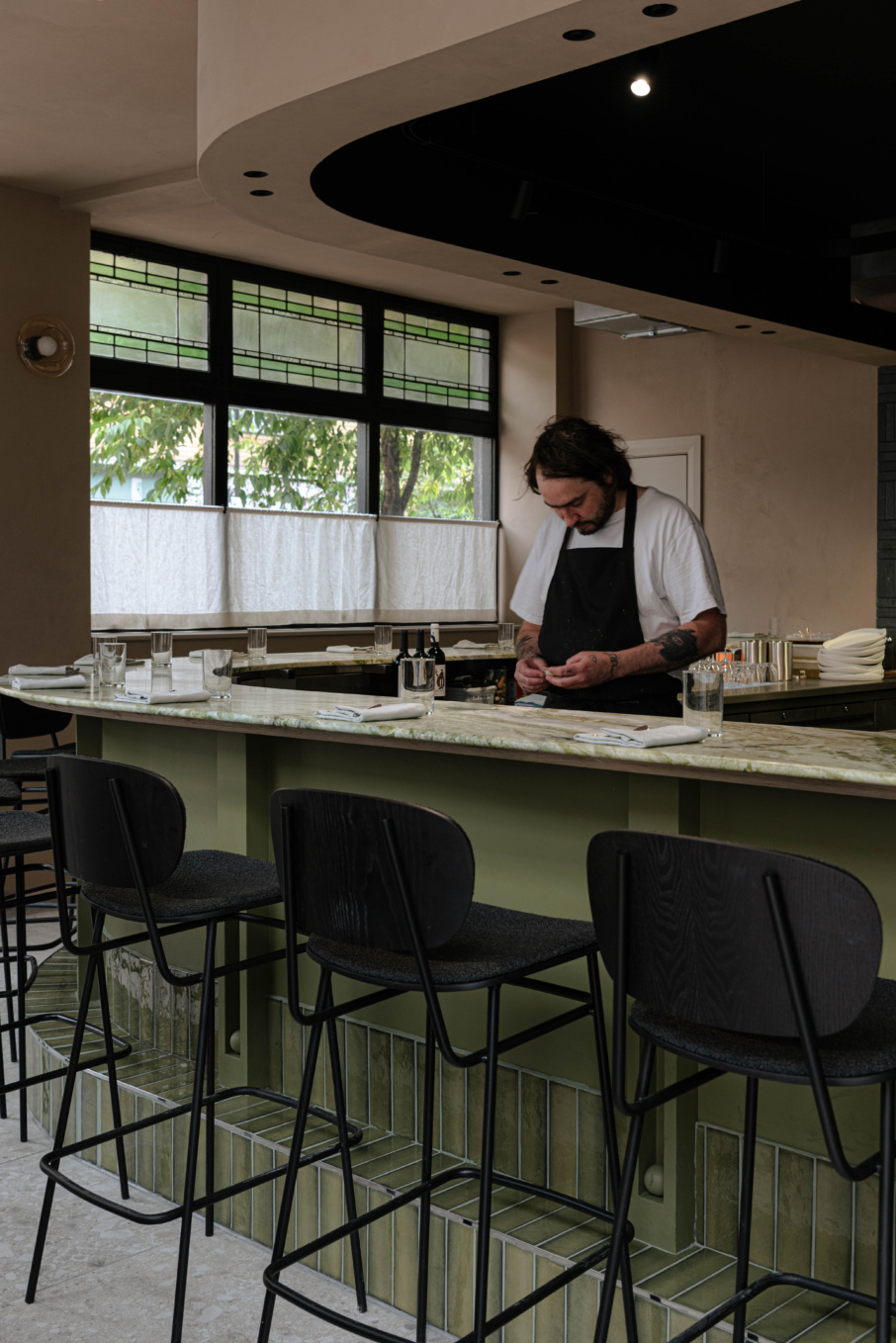
2. With his 15-course tasting menu, Laker seeks both to comfort and to provoke.
Counter 71’s tasting menu is £110 for around 15 courses, and another £75 for the wines to go with them. As a chef, Laker loves the control the tasting menu format affords him. He can refine every dish and throw in a few wildcards. “With a 14, 15 course menu, you obviously need the dishes that win over everybody with rich sauces and familiar flavours. But I think if you’re coming to an experience like this, you’re open to trying things that might provoke or confuse you almost.”
One dish that’s proving divisive is an innocuous plate of tomatoes, listed as “Tomato – Rhubarb – Elderflower”. It involves tomatoes, dehydrated for different lengths of time, then mixed with strawberry juice, rhubarb juice, and elderflower vinegar. “To be honest, some people hate that dish. Some think it’s too acidic, some think it’s too sweet. When we clear that tomato dish, I’ll ask how it was. If they say they liked it, I’ll say some people hate it and almost try and steer them to give me the honest feedback. It’s never a negative conversation. People seem interested to find out that somebody who ate the exact same dish found it the opposite end of the spectrum. It gives a really clear insight into the fact that everybody’s palate is different.”
I want this restaurant to be not only a place for us to showcase what we have to offer, but a place for all our suppliers to showcase what they can do.— Joe Laker
What the tomato dish also represents for Laker is the simplicity he aims for. While there’s complexity in the preparation, on the plates it’s “six tomatoes in a bowl with a bit of juice”. “We use modern techniques where necessary but we’re not technique-led. We’re always produce-led.”
Those who aren’t wild about the tomato dish can, Laker stresses, “find comfort” in other dishes. Comfort on the current menu comes in the form of langoustine custard, crab and buttermilk; English muffin, smoked egg, truffle; or Goosnargh duck with black garlic and a glass of Pinot Noir.
For Laker, who’s cooking in his own kitchen for the first time, Counter 71 is freedom. “When you cook for an executive chef or owner, there’s always a little thought at the back of your mind ‘are they going to like this?’. You kind of forget that dish is meant to go on the menu and it’s meant to make people happy and to create conversation. I no longer have that. I’m cooking for myself, it’s a very liberating feeling.”
3. The chef’s table experience at Counter 71 isn’t just another meal. It’s a performance.
Note the language Laker uses to describe the restaurant experience. “The curtains open,” at 7.15pm he says. The marble counter is “centre stage”. He puts forward the notion that the concept is not so much a conventional restaurant as an “event space”.
Citing his industry colleague, Alex Hunter of The Sea, The Sea (a supplier and a chef’s table), he suggests “you’re buying a ticket for a show almost, and that show comes in the form of a meal.” This theatricality adds value. “Maybe people are going out slightly less because of money, every couple of months not once a month, but when they do go out, they want something special. They want value for money. They want to feel like they’re coming for this performance and not just for a meal.”
There are, of course, other chef’s table experiences in London. Among them: Aulis, Behind, The Sea, The Sea, Muse, and Evelyn’s Table. Counter 71 is like them but not. “We’re offering something unique here because the people that work here don’t work there,” he says simply. He wants his entire team involved, interacting with the guests. “I want people’s personalities to shine through in the service. I want everybody to go to every diner through the meal, so the diners can get a sense of everyone’s personality and everything that goes into this restaurant.”


4. Lowcountry takes its cues from the bars in the American South.
The bar beneath Counter 71 is named Lowcountry, after the region in South Carolina, bounded on one side by the Atlantic, by the Savannah River on the other. Co-founder Ryan Sheehan hails from Savannah, Georgia. “I don’t want it to be a theme place, but I do want it to feel like the bars back home,” he explains.
“In the Lowcountry, you can’t pay for gas without somebody striking up a conversation with you. You get out of the big cities and people are a little more friendly, borderline nosy. I want it to have that sort of feeling to it. I want it to feel like you can just take a deep breath and loosen your belt after a nice meal and just come down and let it hang out.”
The two concepts, upstairs and downstairs, are quite different but have a common goal. “The thing that ties us together is that of us in the building are shooting for excellence but without pretence. You have some very intense and talented chefs up there. I want things to be just as good down here.”
I’m not interested in importing grits to make authentic southern American dishes [at Lowcountry] but what I am interested in is making a dish like pimento cheese using British peppers and cheeses.— Joe Laker
Lowcountry couldn’t call itself such without serving some good southern food. Sheehan started by cooking Laker some dishes he grew up with: shrimp and grits, pimento cheese, black-eyed peas with ham hocks. Hull-born Laker, who coincidentally spent some of his childhood in Alabama and South Carolina, loved them, and set his brain to work reimaging them using British ingredients. He’s had fun, drawing on his food memories, and researching the work of chefs like Sean Brock in Nashville who focuses on Southern foodways and heirloom ingredients.
Says Laker: “I’m not interested in importing grits and pimento chillies to make authentic southern American dishes but what I am interested in is making a dish like pimento cheese using British peppers and British cheeses. We’re going to do almost like fried ‘grits’ but using yellow pea flour which we get from the U.K and mixing it with a corn powder which I preserved from last corn season.” The real test is the fried chicken, a dish beloved of the American South. Sheehan’s happy: “Joe makes excellent fried chicken.”

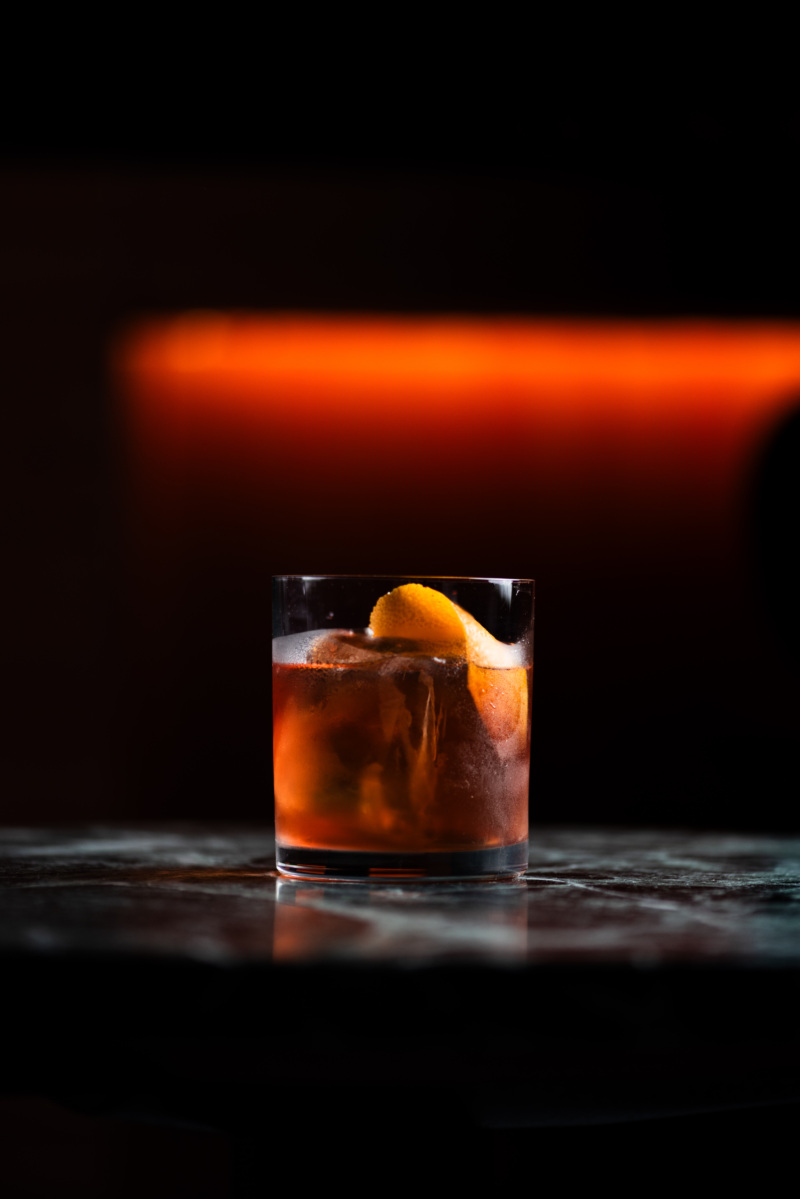
5. Every cocktail on Lowcountry’s list has earned its place.
What are we drinking? Sheehan doesn’t drink these days but if he did, his order at Lowcountry would be a boilermaker – a beer and a shot of bourbon. “You can have that for £8 or you can have that for £80, depending on the bourbon.” If you’re an £80-a-shot kinda drinker, look to the Pappy van Winkle range, the Buffalo Trace Antique Collection, and Michter’s. “At every price point, from the very top of the list, the cheapest bourbon, all the way down, there is something that I find delicious and that I think other people will as well.”
Sheehan’s edited his cocktail list to a tight 24 ‘classic’, ‘historical’, and ‘signature’ drinks. The classics offer that recognition factor. Think Negroni, Old Fashioned, Martini. The historical ones “would have been classics at some point but for whatever reason fell out of fashion,” such as the Rum Swizzle and the Sherry Cobbler. Sheehan says Lowcountry’s versions are “misnomers,” as the Rum Swizzle ain’t “swizzled” (churned with crushed ice using a bartender’s swizzle stick) and the sherry cobbler ain’t “cobbled” (shaken in a cobbler shaker). “They’re a tribute to the old recipes. It feels disingenuous to take the recipe, slightly change it, and then call it something else.”
Sheehan makes his Rum Swizzle using the old-fashioned method of milk clarification. By clarifying the roasted pineapple and orange juices in his recipe, he creates a clear drink that is shelf-stable, unlike orange juice. “We do that because so many of the old drinks like the Old Fashioned and the Negroni will take an orange twist as garnish but very few drinks take orange juice because orange juice is so volatile. If I were to squeeze orange juice for service on a Saturday at noon, it wouldn’t be any good at midnight for the last round of drinks. A lot of cocktail bars where I’ve worked, you end up peeling oranges then tossing them into the trash, which just seems a bit insane to me.” The Sherry Cobbler earns its place for sound historical and regional reasons but also because it uses up orange juice. Zero waste but make it alcoholic.
Among the ‘Signature’ drinks are the Hot Tomato (best pronounced in Sheehan’s lilting Georgia accent) with clarified tomato essence, jalapeño tequila, and lime; a bacon-washed bourbon Fat Fashioned; and a goats’ cheese-infused gin and red onion concoction that comes with a caveat: “Almost no one likes it,” says Sheehan. “It tastes like goats’ cheese and red onion. If you like that and want to drink something weird and challenging, then it’s for you.”
Hilary Armstrong is a London-based journalist and editor. Follow her on Instagram and Twitter. Follow Resy, too.


